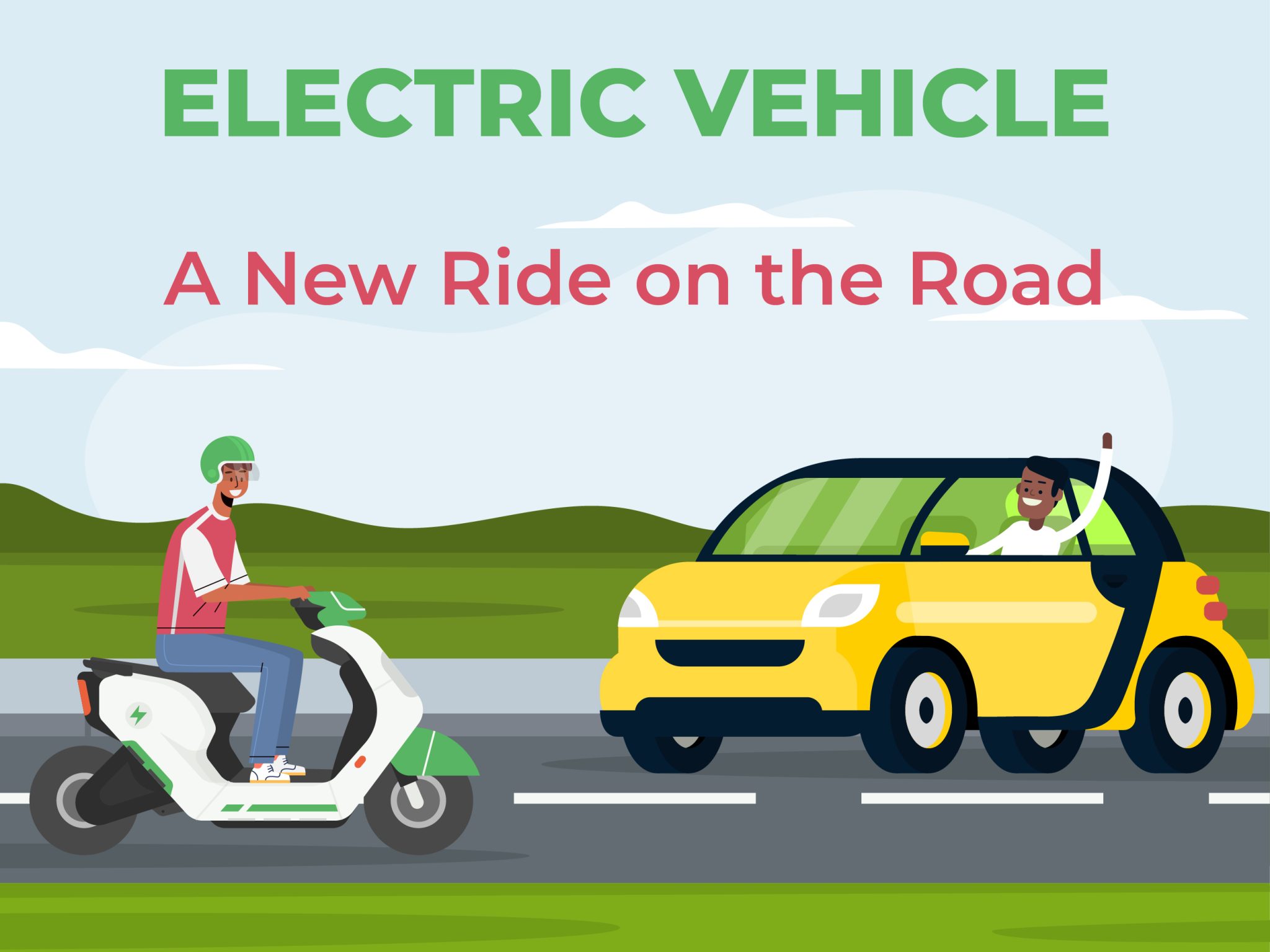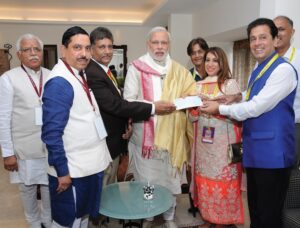BLOGS
ELECTRIC VEHICLE- A Ride on the Road

Electric vehicles are now being seen on Bengaluru roadways in greater numbers than before. You may also see electric buses in Bengaluru. Some private transportation businesses provide two-wheeled electric vehicles for rent. Tesla has already planned to establish a production facility in India, which is a buzzing talk all over the country. Observing the changes, it is fair to assume that electric vehicles will be the next big trend in the market. This highlights the shift in people’s lifestyles.
Electric cars have a long history dating back to the nineteenth century. Anyos Jedlik, who discovered a certain electric motor, created the name “electric vehicle” in the year 1828. He built a little model car that could be powered by his new motor. After quite some time, in 1996, Scooter’s India Pvt Ltd invented the three-wheeled electric vehicle (VIKRAM SAFA), which was India’s first electric vehicle. A total of 400 automobiles were produced and sold. In 2000, BHEL produced an eighteen-seater electric bus, which was also well-received. Later, electric rickshaws gained a lot of popularity, and they proved to be a great benefit for those commuting regularly. In the fiscal year 2016-17, India sold 500000 e-rickshaws. Currently, these rickshaws are primarily used in the Delhi NCR area.
Hero Cycles introduced a series of bikes in 2007 in collaboration with ULTRA Motor of the United Kingdom. Other firms such as Electrotherm India, TVS Motor, Hero Electric, and others became known for their electric bikes.
Electric vehicles did not fare well in the market when they first appeared in the 19th century due to their excessive cost, slow speed, and limited range. They have, however, been employed as EMU for commerce and public transportation. Gas-powered vehicles have been limited due to environmental concerns, as they release a lot of smoke and are extremely hazardous to the atmosphere
Electric vehicles, of course, have grown in popularity. Traveling within the city range was pleasant, and there was no need to change gears, which contributed to its popularity. It did not have any vibrations or sounds. It did not need to be started manually, which was also a positive. The acceptance of electric vehicles has been delayed by a lack of power infrastructure.
The Indian government would have to concentrate its efforts on supporting technological disruption as technology becomes faster and smoother, fueled by energy. Electric vehicles are environmentally benign, contributing to the creation of a green city. The government will also have to offer higher tax rebates and subsidies to potential car owners and producers to accelerate the adoption of EVs.
The government is now focusing its efforts on heavily polluted cities to boost the use of electric vehicles. FAME, or “Faster Adoption and Manufacturing of Electric and Hybrid Vehicles in India,” is a program that will provide subsidies to 11 cities to help them launch electric buses, taxis, and e-rickshaws. Ahmedabad, Delhi, Bengaluru, Jaipur, Mumbai, Lucknow, Hyderabad, Indore, and Kolkata are among the cities targeted, with two more cities – Jammu and Guwahati – falling into a separate category.
India is a land of opportunities for modern technology. The electric car is a future technology that has only recently hit the market. By 2030, it is predicted to double in size. Unlike other countries, India’s EV possibility is spread across a wide range of vehicles, not simply passenger cars. As we move closer to an electric future, many new options for transportation may develop. So let us be prepared to accept a new way of life that will arrive soon.







